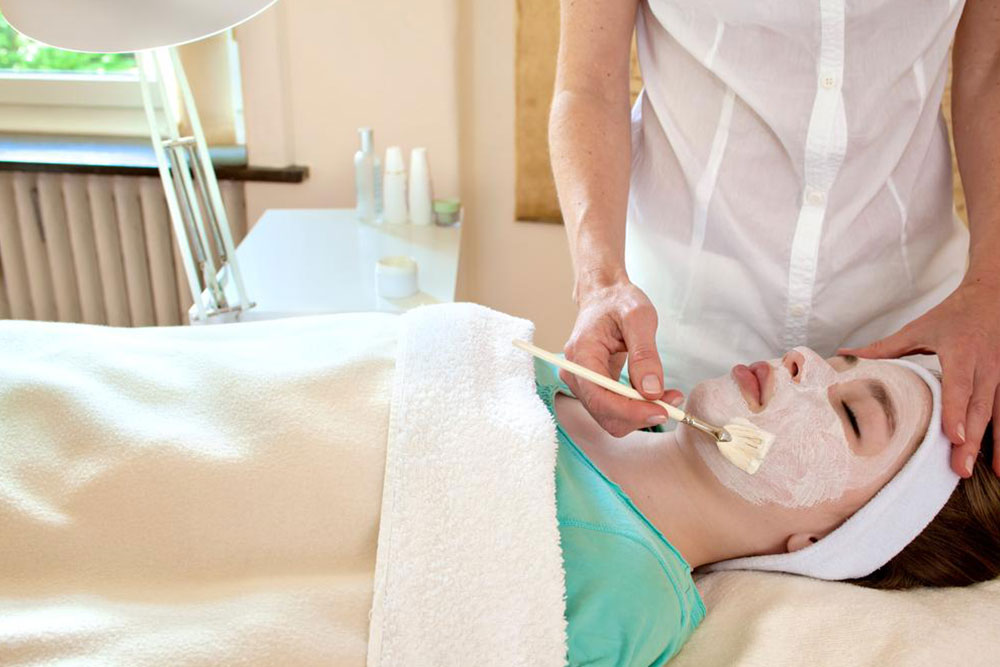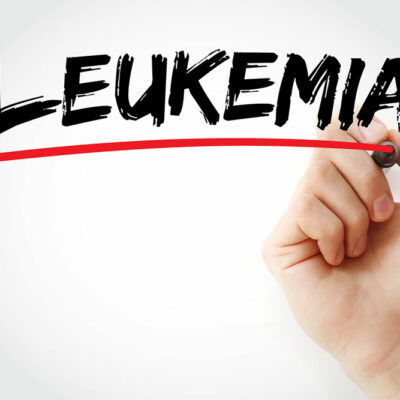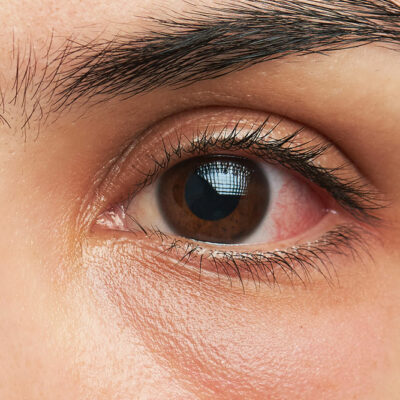
Types of chemical peels you can opt for as treatments
Chemical peels are used to resolve issues related to the appearance of the skin. In this procedure, a chemical is used to convert the skin into a blister, after which the skin peels off. The newer skin thus formed is less wrinkled and smoother than the old skin. Chemical peels treatments are mostly performed on areas like the hands, neck or face, and they treat issues like acne, fine lines under the eyes, blemishes, discoloration, and more serious issues.
There are many people who might have heard of the process, but you can only understand the whole procedure after undergoing it. Every person has different skin issues and chemical peels vary accordingly.
Classification of skin peels according to types
Chemical peels can be classified into three types, which are:
- Superficial peels
- Medium to medium-deep peels
- Deep peels
The rejuvenation level is generally higher with deep peels. But, depending on how sensitive the skin is, the procedure undertaken, and other issues like inflammation and redness, the recovery duration of the skin may be higher.
Superficial chemical peels
These are the gentlest form of chemical peels that are used to resolve minor issues like acne, discoloration, sun spots, surface scarring, and fine lines. A superficial peel may also be used to prepare your skin for deeper peels.
Alpha Hydroxy Acids, also known as AHAs, are the mildest forms of chemical peels that can help in brightening, hydrating, and removing mild irregularities of the skin.
Medium to medium-deep chemical peels
The medium to medium-deep chemical peels are helpful in the management of wrinkles and timeliness associated with pigmentary disorders, photo aging, and superficial atrophic scars.
Jessner’s peel is the most commonly used medium chemical peel. It consists of 14g lactic acid, 14g salicylic acid, and an equal amount of resorcinol. These elements and ethanol make up for 100 ml.
Deep peels
This form of chemical peel is meant to treat skin that is damaged from a scar, deep wrinkles that cannot be treated by other forms of chemical peels, and, in some cases, even pre-cancerous growth.
The agents used in deep peels are very strong and have the capability of easily reaching the lower dermal layer of your skin. Also, a local anesthetic might be used, so that the particular skin area may be numbed and you don’t have to face any discomfort. As a candidate, your dermatologist will examine you thoroughly before administering the treatment to you.
After your face goes numb as a result of the sedative and local anesthetic, the face is first cleaned stepwise. Then, phenol is brushed on the targeted areas in appropriate time intervals. To neutralize the chemical, water is used.
Remember, chemical peels can have a life-long effect on your health and skin. Make sure that your treatment is in safe hands. It’s always better to first have consultation sessions with the dermatologist. There is no harm in inquiring whether the dermatologist has the required skills and credentials to treat your condition. You may also consider the budget before deciding on any treatment.


